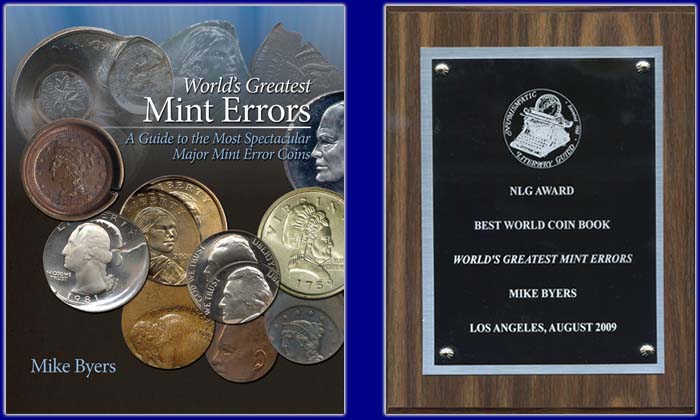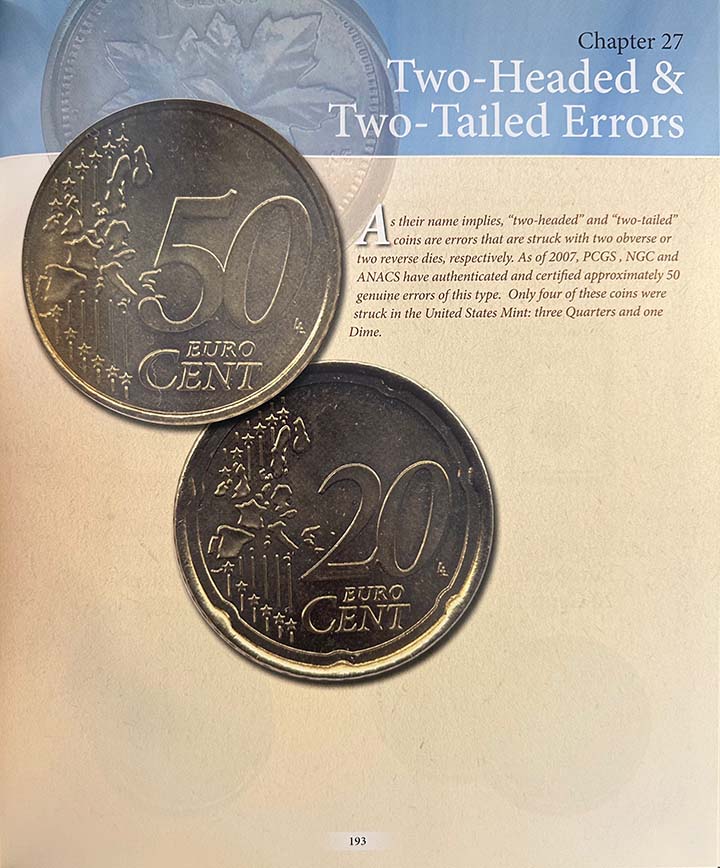1974-S Lincoln Cent Mated Pair
Struck by 2 U.S. Cent Obverse Dies
Coin #1 On 1973 Panama Tenth Balboa
Coin #2 Reverse Brockage
NGC MS 66 & MS 64 BN
UNIQUE DISCOVERY
SOLD
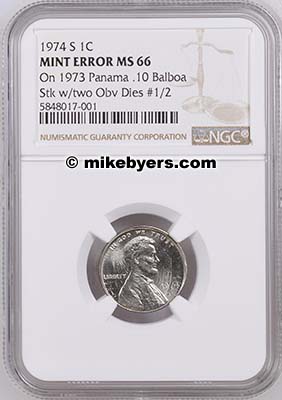
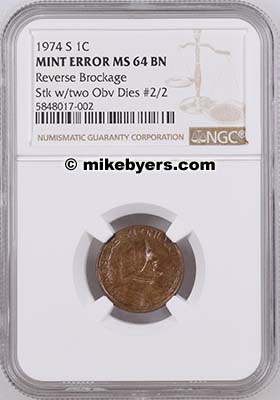
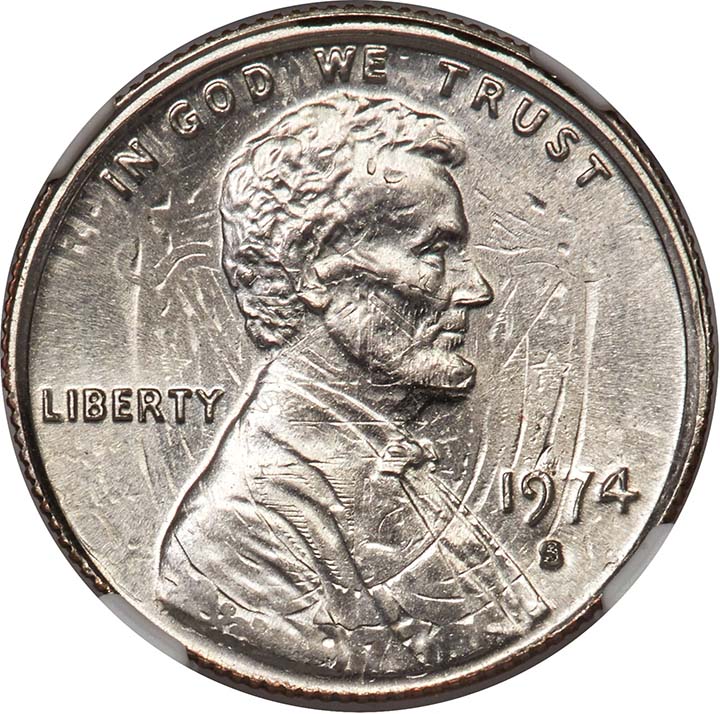
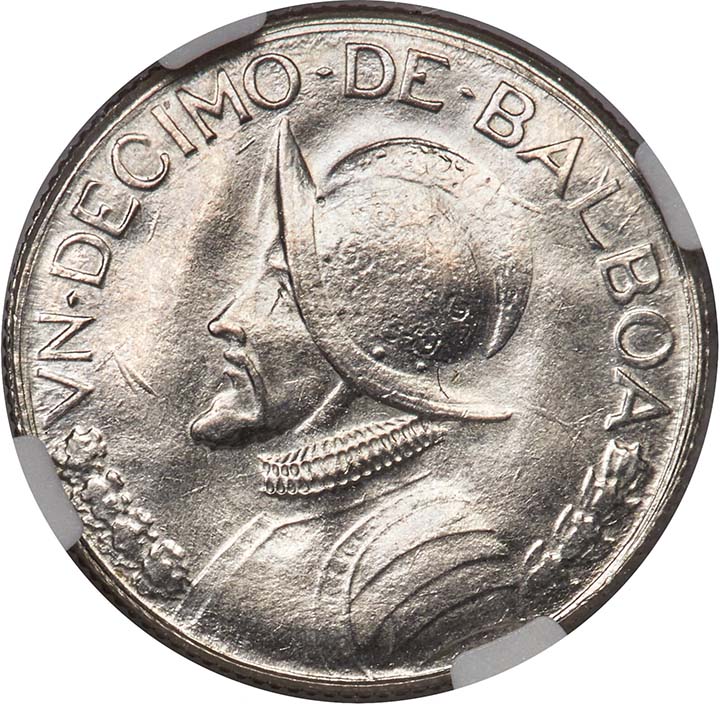
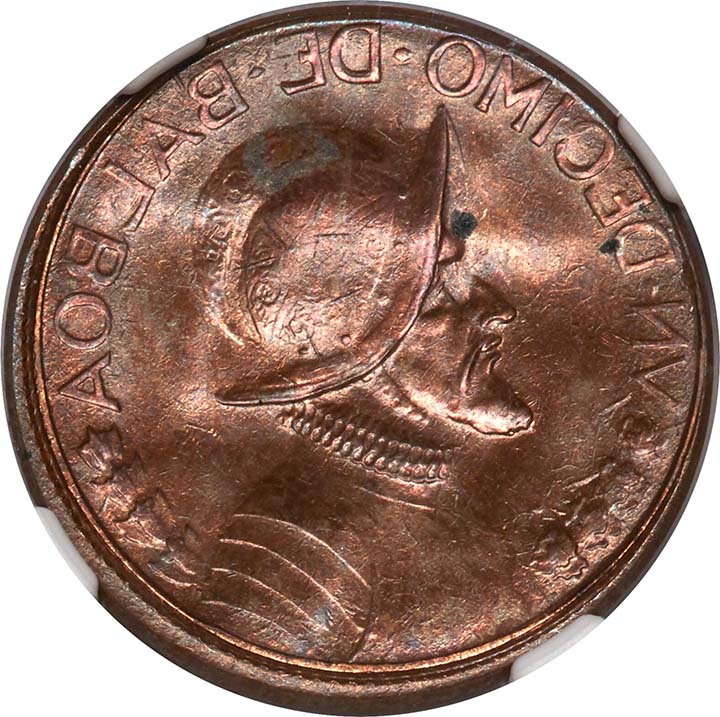
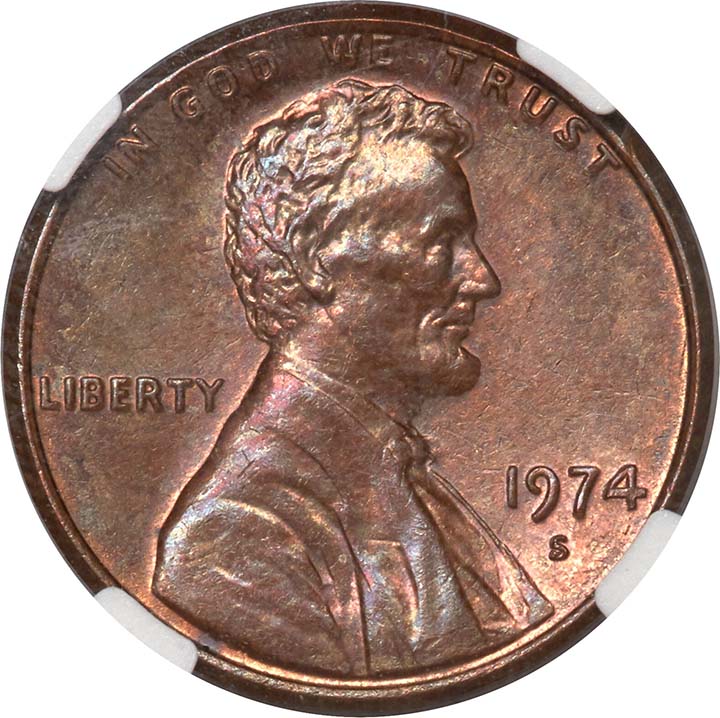
Although there are U.S. coins that are 2 headed (struck by 2 obverse dies), 2 tailed (struck by 2 reverse dies) and muled (struck by 2 different denominations), this is a unique mated 2 headed Lincoln Cent pair struck by 2 U.S. Cent obverse dies.
The U.S. Mint in San Francisco struck coins for Panama in 1973. In this mated pair, coin #1 is a 1973 Panama Tenth Balboa die struck both sides by the Panama dies on a U.S. clad Dime planchet. In 1974, also at the San Francisco Mint, 2 obverse Lincoln Cent dies, both dated 1974-S, were paired together and installed in the same press. If a copper Cent planchet had been struck by this die pair, a 2 headed Lincoln Cent would have been produced. To date, none have been discovered. This 1973 Tenth Balboa was intentionally placed in the collar of the press containing the 2 obverse dies for the 1974-S Lincoln Cent, on top of a copper Cent planchet already seated in the collar. These were then subsequently struck together (mated).
Both "S" mint marks are different, proving that 2 obverse dies were simultaneously in the press together! NGC has authenticated and certified each Cent as a 1974-S 1C since 2 different Lincoln Cent obverse dies were used to create this mated pair.
The reverse of the Tenth Balboa (coin #1) was struck by the obverse Lincoln Cent upper die (hammer die). The obverse of the Tenth Balboa design brockaged the obverse of coin #2 (copper planchet) since they were struck together. Therefore, coin #1 is a 1974-S obverse Lincoln Cent overstruck on a 1973 (dual date) Panama Tenth Balboa coin.
Coin #2 is the second mint error of this mated pair, struck by the second Lincoln Cent obverse die in the same press at the same time. The obverse shows the brockage of the Panama design from coin #1 and the reverse shows the design from the obverse die of the second 1974-S Lincoln Cent, not the memorial building had it been a reverse Cent die!
As previously mentioned, there are a variety of U.S. coins known that were struck by either 2 obverse dies, 2 reverse dies or 2 muled dies of different denominations.
• A unique 1859 Indian Cent struck by 2 obverse dies • A unique 1858 Indian Cent obverse die muled with a 1858 Flying Eagle Cent pattern obverse die • A unique Jefferson Nickel struck by 2 obverse dies • (2) known Roosevelt Dimes struck by 2 reverse dies • A unique 1993-D Lincoln Cent obverse die muled to a Roosevelt Dime reverse die in copper • A unique 1995-P Dime reverse die mated to a Lincoln Cent obverse die in clad • (3) known Washington Quarters struck by 2 reverse dies, 1 of these is indented • (19) known Sacagawea Dollars with reverse die muled with State Quarter obverse die in manganese, with 1 selling for $192,000 in a Stack's Bowers auction certified by NGC • And now this unique Lincoln Cent mated pair struck from 2 obverse Cent dies in the same press |
Also previously mentioned, there are no known 2 headed or 2 tailed Lincoln Cents other than this unique discovery mated pair struck by 2 obverse Lincoln Cent dies. It is also the only known mated pair of 2 headed, 2 tailed or muled dies on any U.S. coin of any denomination! This off-metal mated pair that is dual dated from 2 different countries and struck by 2 Lincoln Cent obverse dies in the same press is amazing. It stands alone in a class by itself in terms of rarity and fascination and combines an incredible and seemingly impossible set of circumstances creating this world-class mint error.

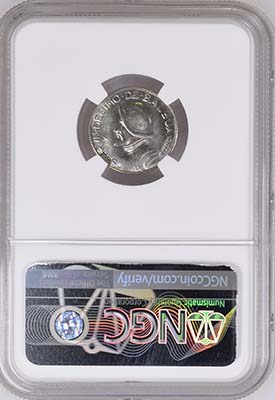



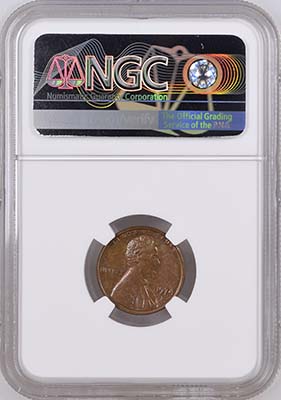


Coin #1: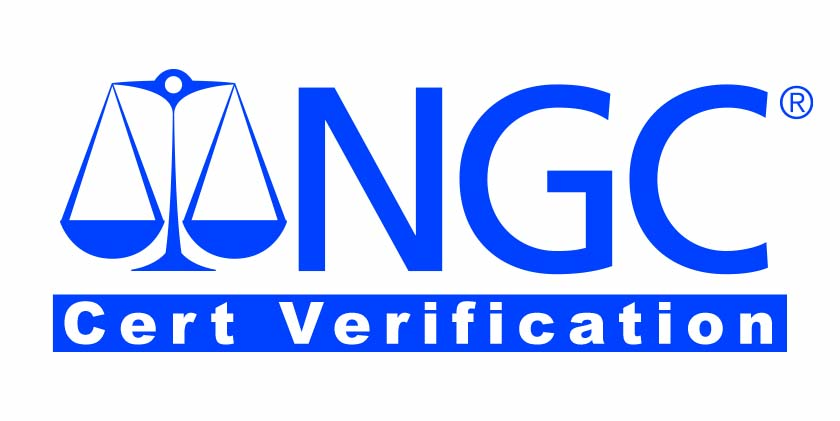 |
Coin #2: |
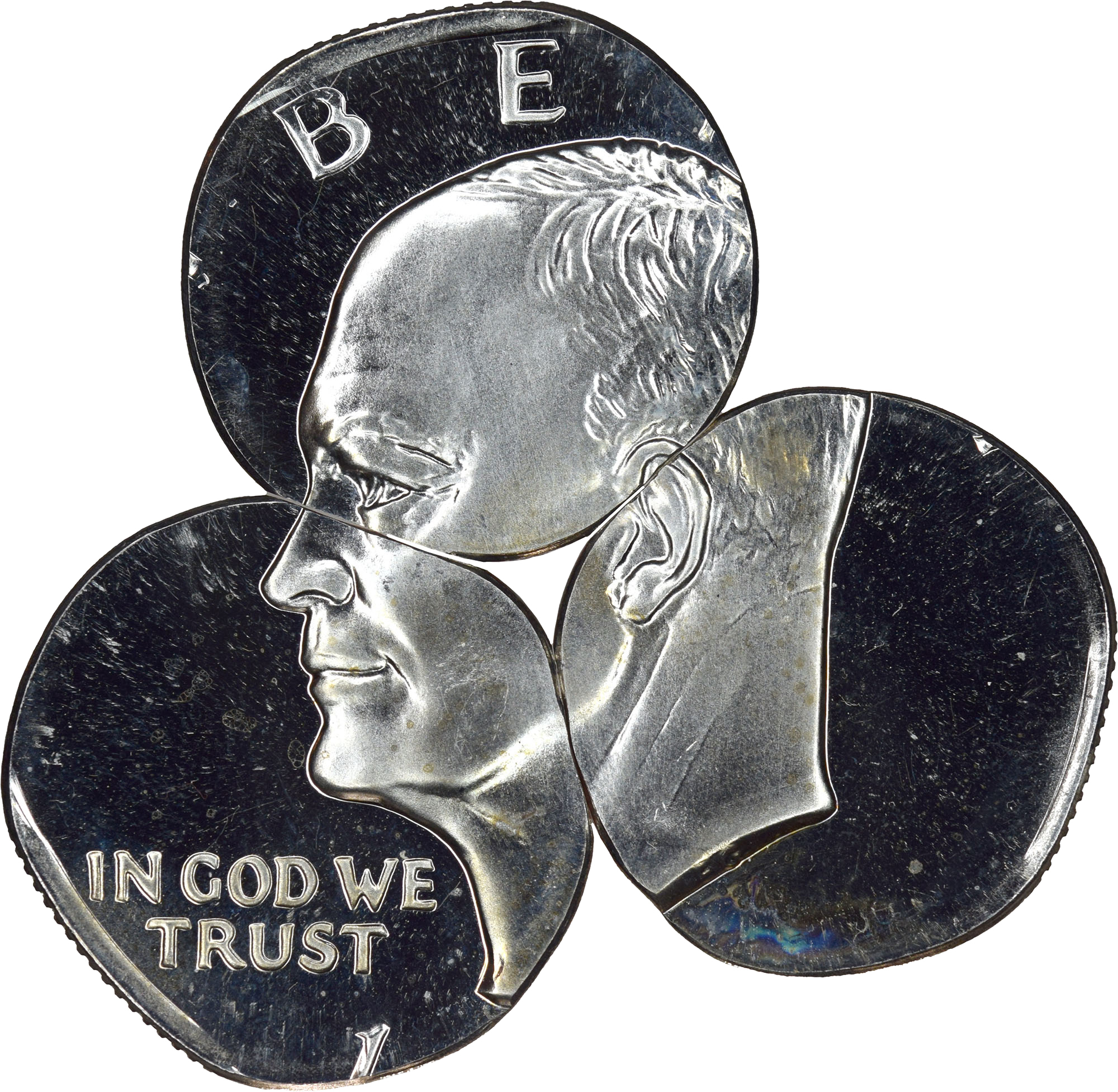 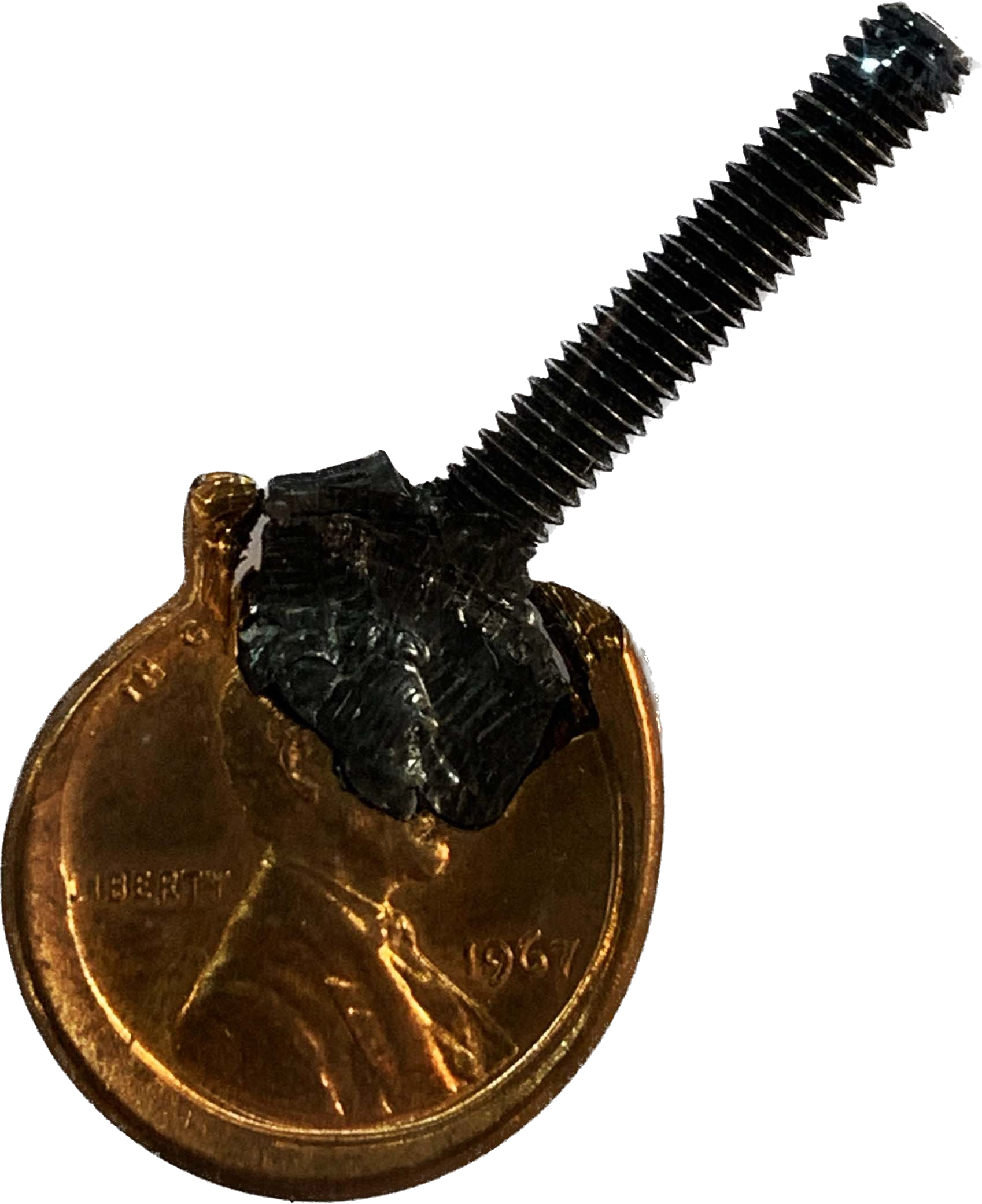 Intentional ErrorsIn the early 2000's, a group of several hundred U.S. error coins were found in a safe-deposit box. Fred Weinberg purchased this group which included coins struck for proof sets and also coins struck for circulation. This group was auctioned by the California State Controller's Office of Unclaimed Property. The U.S. Secret Service inspected and released this collection to the State of California determining that it was legal to own. The State of California then auctioned the collection and the rest is history. Another example of U.S. error coins escaping the Mint occurred in the 1970's. A hoard of proof error coins were smuggled out of the San Francisco Mint inside the oil pans of forklifts that were being serviced outside of the Mint. This topic was discussed in the June 6, 2022 Issue of Coin World, which covered Fred Weinberg's account of this story. The Coin World Managing Editor concluded: Obviously, the marketplace accepts these coins, and some collectors are happy paying thousands of dollars for coins that show every indication of having been created through illegal means. In Episode 11 of the PCGS video series Slab Lab, Seth Chandler interviews Fred Weinberg. In part 2 of the interview, Fred explains in detail why mint errors that are decades old are not recovered by the U.S. Mint. Fred's recollection of conversations in his office with the Chief of the U.S. Mint Police are extremely insightful and explain why the Mint doesn't attempt to recover error coins from decades ago. |
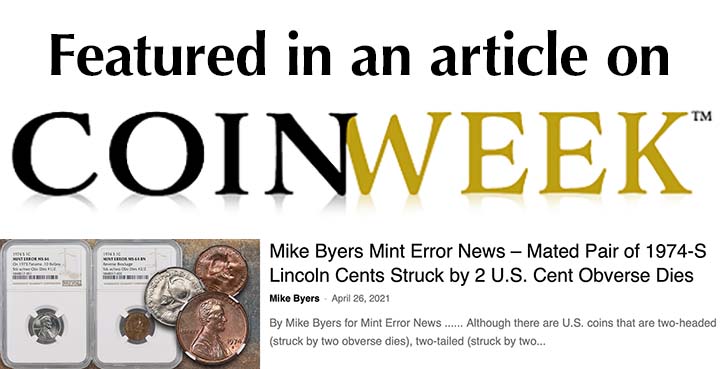
Featured on the cover of Mint Error News Magazine Issue 57:
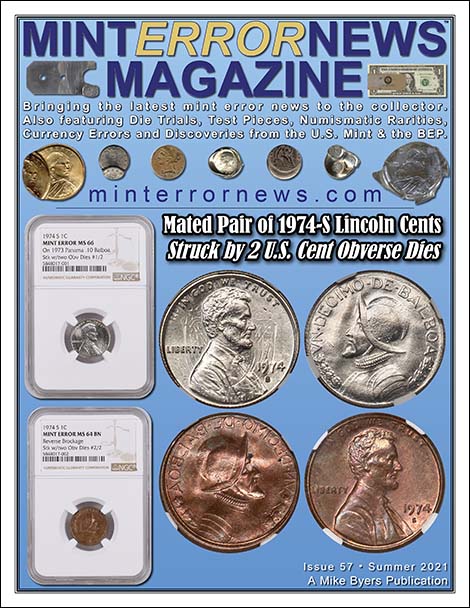
Two-Headed & Two-Tailed Errors are featured in my
NLG award winning book, World's Greatest Mint Errors:
